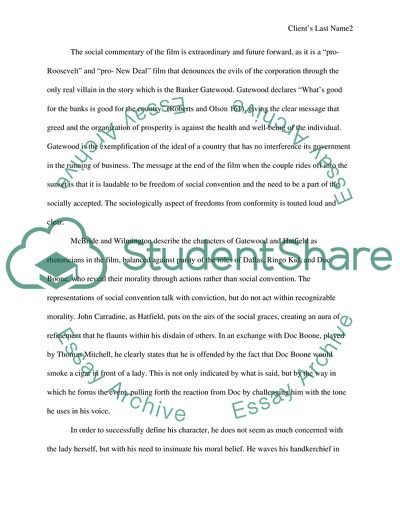Cite this document
(The Film Stagecoach Essay Example | Topics and Well Written Essays - 1500 words, n.d.)
The Film Stagecoach Essay Example | Topics and Well Written Essays - 1500 words. https://studentshare.org/visual-arts-film-studies/1739861-the-use-of-the-tools-of-the-craft-of-acting
The Film Stagecoach Essay Example | Topics and Well Written Essays - 1500 words. https://studentshare.org/visual-arts-film-studies/1739861-the-use-of-the-tools-of-the-craft-of-acting
(The Film Stagecoach Essay Example | Topics and Well Written Essays - 1500 Words)
The Film Stagecoach Essay Example | Topics and Well Written Essays - 1500 Words. https://studentshare.org/visual-arts-film-studies/1739861-the-use-of-the-tools-of-the-craft-of-acting.
The Film Stagecoach Essay Example | Topics and Well Written Essays - 1500 Words. https://studentshare.org/visual-arts-film-studies/1739861-the-use-of-the-tools-of-the-craft-of-acting.
“The Film Stagecoach Essay Example | Topics and Well Written Essays - 1500 Words”. https://studentshare.org/visual-arts-film-studies/1739861-the-use-of-the-tools-of-the-craft-of-acting.


